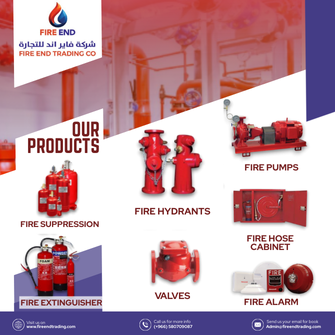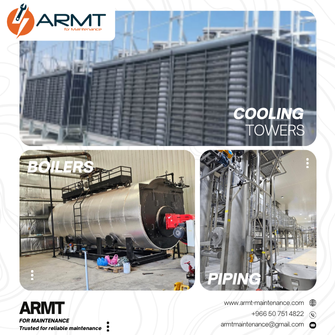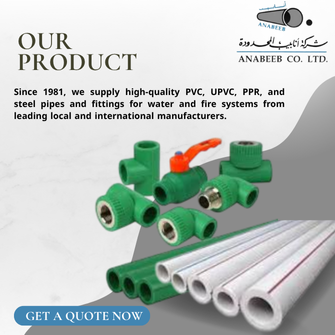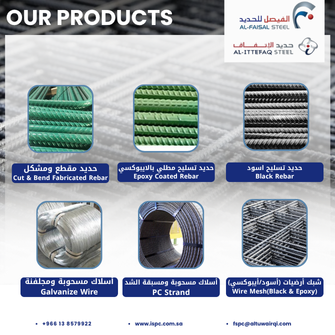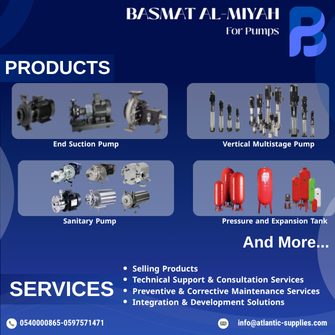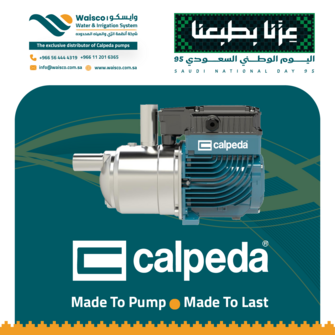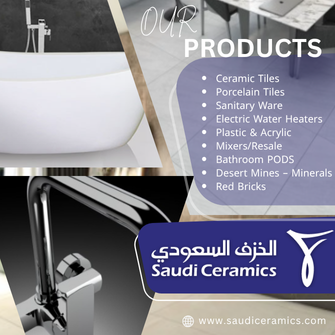advertisement
Gallery
Product Information
Polyurethane foam is one component, curing with moisture in air, expanding while curing, semi-rigid in aerosol form for installation, grouting and insulation material.
Flexible Polyurethane Foams are used mainly for assembly of doors and windows, infilling applications, sound and heat insulations, waterproof barriers and insulation against fire. Polyurethane Foam reacts rapidly with moisture in the air and expands after application. Polyurethane bonds extremely well to the surfaces applied thanks to its high adhesion power.
Where are They Used?
Door and window assembly is the most effective usage areas of PU Foams. It is used for the insulation of electricity installations, hot and cold water pipes, adhesion of roofing tiles, tightness of terraces, concrete shear wall buildings, industrial roof insulation, cold storage houses and ice plants, decks of ship and yacht, filling of the voids between external thermal insulation materials, adhesion of insulation materials, filling of the voids and insulation of dry food storages.
How is it Used?
straw and pistol apparatus are screwed on the valve installed on the tin. The canister is shaken vigorously for 20 minutes and apply pressure to the trigger of pipet or pistol by holding it upside down. How strong the pressure is the output is so intensive. The foam is always applied from downward to upward for vertical surfaces. Take care that temperature of ambience and canister should remain in the range given in product TDS during application.
What are the PU Foam Types?
Polyurethane foams may be divided into two sections depending on its application type and purpose.
1- PU Foams according to their Application Type;
Foams with Straw: It may be called as type of most frequent and best seller foam in the market. It is used with the straw apparatus supplied with each canister. It is preferred for filling broad voids (average 200% - 250%) due to its high expansion rate. Maximum PU Foam 805, 940, 806, 840, 820 coded products are preferred for the foam applications with straw.
Foams with Pistoles (Professional): It is used with a special application gun. The product mostly addresses the professionals. It is preferred to fill relatively narrow voids due to its low expansion rate (average %0%-60%).
2- PU Foams in Accordance with Their Intended Use;
Foams for Filling Voids: It is standard and most frequently used foam type.
Adhesion Foams: These are the foams having increased adhesive property due to having very low (minimal) expansion rates compared to standard foams and denser polymer. Heat insulation materials like EPX, XPS, aerated concrete, brick and different construction materials like marble may be bonded with these products.
Contribution of Polyurethane Foams to Sound, Heat and Water Insulation;
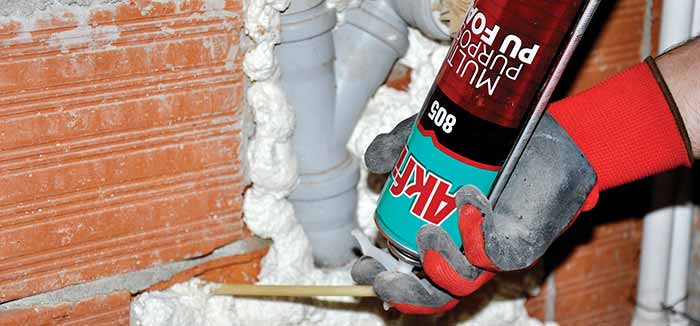
It is required to apply PU Foam accurately for a good insulation.
Sound Insulation
They are used for filling voids between materials used for sound insulation, door and window voids, preventing passing of sound, heat and air, insulation the environment of the vent ducts, chimneys and climatic units protruding from the buildings and many more similar fields.
Heat insulation
2 components rigid (strong) foams are preferred for heat insulation.
PU foam developed for low temperatures - like 25° C degree and PU Foam for up to -25° C degree temperature ensure a perfect heat insulation even under very challenging conditions.
Water insulation
Water can in no way damage the foam that is properly applied and cured completely. One component polyurethane foams are preferred for external environment applications, decorative pools, attaching decorative stones to each other, preventing water leakage from joints of the mechanisms like climatic units on caravan type vehicles and antennas.
polyurethane foams provide long life and effective solution for sound, heat and water insulation applications.
Frequently Asked Questions
- How long PU Foam can last?
How long the structure stands as long as it does not expose intense UV lights. UV lights cause deformation of the foam corrupting its structure. Dried foam can be protected from hazardous lights by painting surface.
- Does moisture, wetness, bleeding, humidity occur at the places where rigid spray foam is applied?
Rigid foam is applied to roofs of buildings and have a perfect heat insulation capability. One living on the top floor does not feel moisture, humidity and therefore molding in case if there is no point in another place that may create thermal bridge.
- Is Polyurethane Foam flammable?
There are fire resistant foams in fire classifications of B1 and B2 according to German Standard DIN 4102 and these products resist against the fire for a certain time when exposed to flame directly or remain in a place where fire continues.

- How is it cleaned?
The most practical way to clean wet foam is to use foam cleaner. The foam that is contaminated around during application may be removed from all building materials, skin, textile products by spraying foam cleaner on it before it gets dried. It is possible to clean foam residues easily with 800C foam cleaner. Acetone can also be used in case where foam cleaner is not available. Cured foam can only be cleaned by mechanical ways like utility knife etc.

Which Names Are They Referred By In The World?
Names commonly used in the market; one component pu foam, polyurethane pu foam, OCF pu foam sealant, gap filling pu foam, window assembling pu foam, mounting pu foam, montage pu foam, heat insulation pu foam, sound isolation pu foam, door assembling pu foam, Insulation foam, construction foam.
Looking for new opportunities in the Saudi market?
Receiving real RFQs is the key for new orders.
Here in Project Suppliers platform we gain you the new opportunity.





